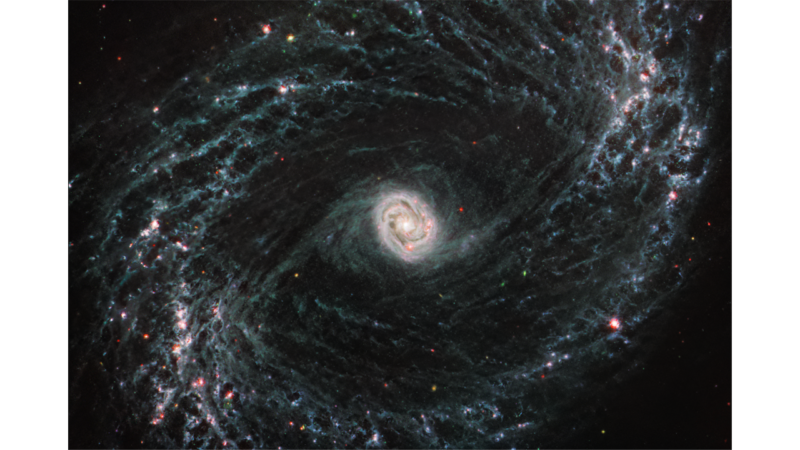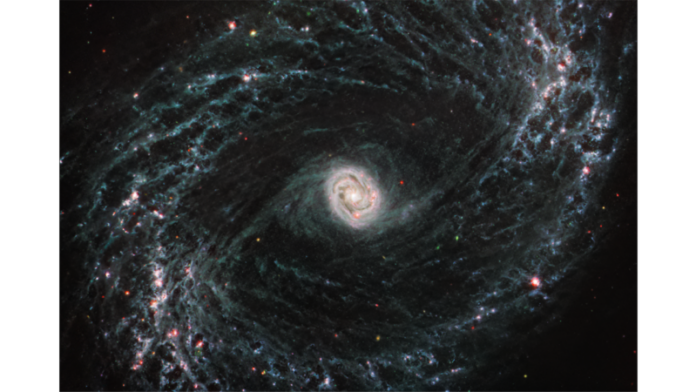
Enlarge / All galaxies have large amounts of gas that influence their star-formation rates. (credit: NASA, ESA, CSA, and J. Lee (NOIRLab))
Galaxies pass gas—in the case of galaxy NGC 4383, so much so that its gas outflow is 20,000 light-years across and more massive than 50 million Suns.
Yet even an outflow of this immensity was difficult to detect until now. Observing what these outflows are made of and how they are structured demands high-resolution instruments that can only see gas from galaxies that are relatively close, so information on them has been limited. Which is unfortunate, since gaseous outflows ejected from galaxies can tell us more about their star formation cycles.
The MAUVE (MUSE and ALMA Unveiling the Virgo Environment) program is now changing things. MAUVE’s mission is to understand how the outflows of galaxies in the Virgo cluster affect star formation. NGC 4383 stood out to astronomer Adam Watts, of the University of Australia and the International Centre for Radio Astronomy Research (ICRAR), and his team because its outflow is so enormous.
Read 12 remaining paragraphs | Comments
Ars Technica - All contentContinue reading/original-link]




